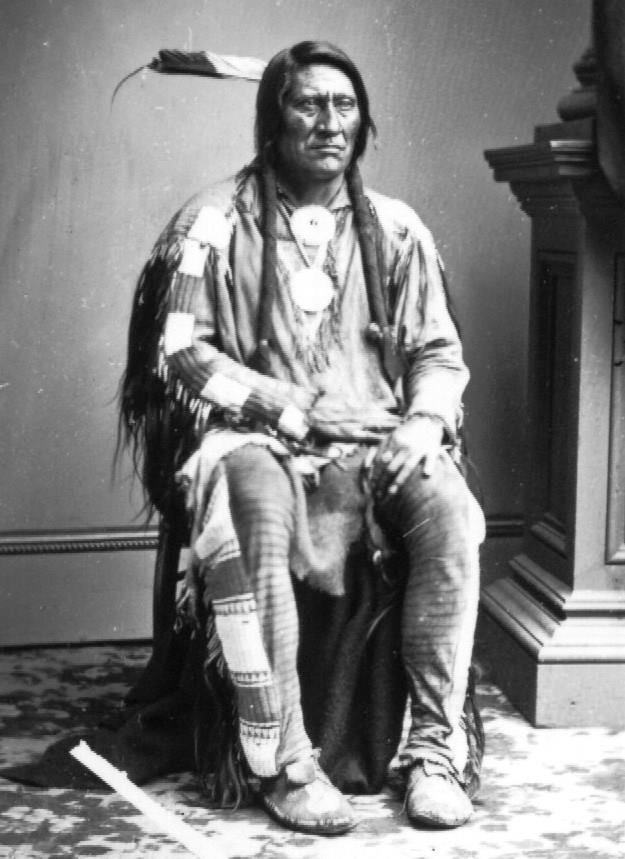
On This Day
Native
American genocide
Native American
Source. Indigenous Peoples Issues and Resources

On This Day (5/14/1864): In 1864 a group of Cheyenne were hunting on their traditional grounds in Kansas when they encountered a group of soldiers. Lean Bear (Awoninahku) and a group of the Cheyenne peacefully approached the soldiers to talk with them. On his chest, Lean Bear wore with pride his peace medal that he had received on his trip to Washington D.C. in 1862, and in his hand he held an official document, signed by President Abraham Lincoln, stating that he was peaceful and friendly with whites. They were unarmed, and Lean Bear approached the soldiers alone to show his peaceful intentions. The soldiers, under the command of Lieutenant George Eayre, had been ordered by Colonel John M. Chivington, to kill Indians on sight, and Eayre ordered his men to shoot Lean Bear. Lean Bear was shot off his horse, and was then shot repeatedly by the soldiers as he lay on the ground. Lean Bear was killed, along with several others. The troops were composed of Colorado volunteers, but the fight took place in Kansas, meaning that the troops opened fire outside of their jurisdiction.
26 May 1637..The Pilgrims made famous by Thanksgiving legend and folklore sneaked into a Pequot village of 700 women and children just before dawn and set it ablaze.. A circle of musketmen surrounded the village and shot any of the natives attempting to flee the fire. Hundreds of Native AMERICAN Babies, Toddlers, Tykes, Preteens, and Teens were butchered in a matter of a couple hours................ 29 November 1864.. 700 Soldiers wearing US Army uniforms led by John Chivington attacked a peaceful Arapaho/Cheyenne encampment at Sand Creek Colorado..There were 200 Native AMERICANS in the village with 2/3 of them being women and Children under 12..In a bloodlust frenzy US Soldiers butchered over 100 women , babies and children....................
29 Decemeber 1890, Dawn @ Wounded Knee Creek ,South Dakota. 7th Calvery, US Army .....500 Calvery Soldiers with 22 artillery men with 4 hotchkiss guns led by James Forsyth opened fire on a Peaceful Lakota encampment of 300 souls. Over 200 Native AMERICAN women, Babies and children were butchered by US Soldiers in the annihilation of the Lakota village. Many of the women were found laying over the babies protecting them...These are just three massacres of hundreds carried out against Native AMERICANS in the name of GOD..All so white man could steal this continent and all it's wealth from the Native AMERICANS..!
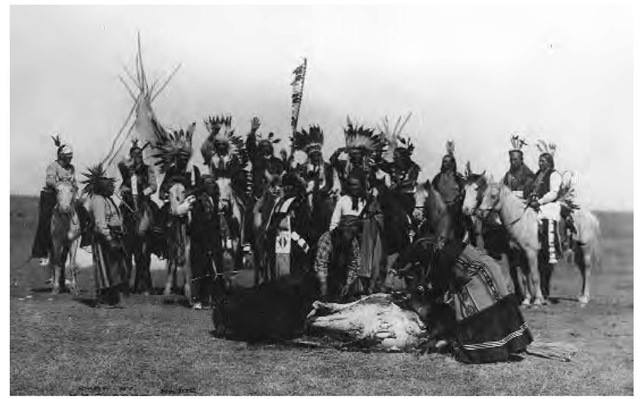
On This Day (5/21/1877): In 1877 the US Government ordered the Ponca to move to
a new reservation in Indian Territory (present-day Oklahoma) in retaliation for
the Custer defeat. The Ponca had nothing to do with the battle, and refused,
citing an earlier 1858 treaty. The Government ignored the Ponca chiefs, and
forced them to move to lands that were unsuitable for agriculture. In their new
location, the Ponca struggled with malaria, a shortage of food and the hot
climate. One in four members died within the first year.
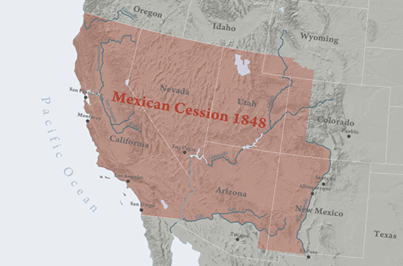
On This Day (5/19/1848): In 1848 Mexico ratified the Treaty of Guadalupe Hidalgo
(signed on February 2, 1848) in which they ceded California, Nevada, Utah and
parts of six other modern-day states to the United States for $15 million. No
indigenous groups were consulted in this massive transfer of land. Articles VIII
and IX of the treaty ensured the safety of existing property rights of Mexican
citizens living in the transferred territories, yet no part of the treaty
considered the indigenous people or their rights in the lands transferred
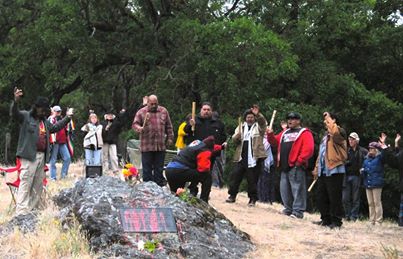
On This Day (5/15/1850): In 1850 the Bloody Island Massacre (also called the
Clear Lake Massacre) occurred on an island called in the Pomo language, Bo-no-po-ti
or Badon-napo-ti (Old Island), at the north end of Clear Lake, Lake County,
California. It was a place where the Pomo had traditionally gathered for
ceremonies. After this event, it became known as Bloody Island. When the cavalry
came upon a group of Pomo on Bonopoti, they slaughtered many including women and
children. Estimates of the number of people killed on the island vary between 60
and 400. The army later killed 75 more Natives along the Russian River.
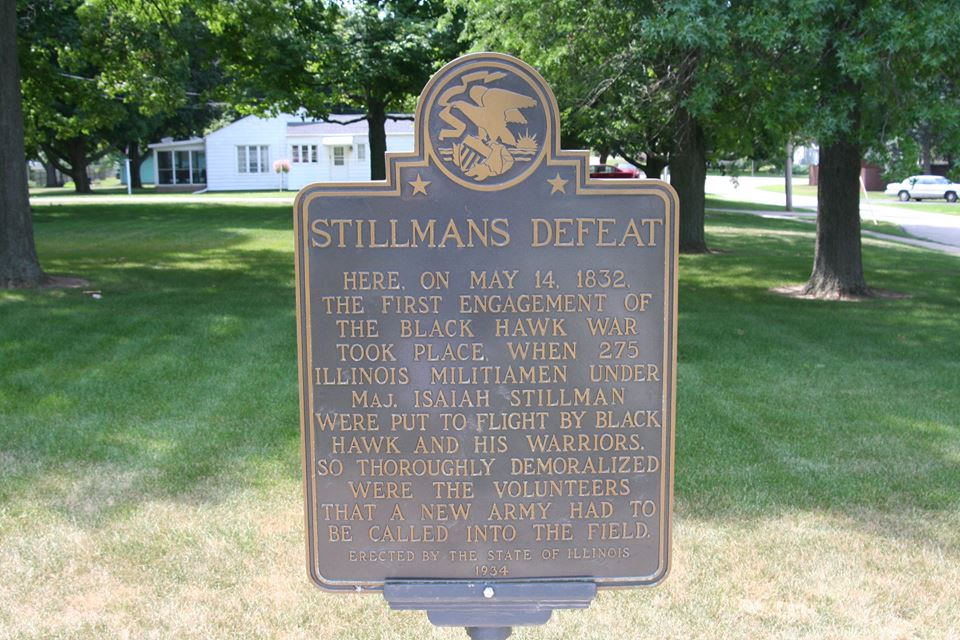
On This Day (5/14/1832): In 1832 the Battle of Stillman's Run, also known as the
Battle of Sycamore Creek or the Battle of Old Man's Creek took place. The battle
was named for Major Isaiah Stillman and his detachment of 275 Illinois militia
which fled in a panic from a large number of Sauk warriors after suffering a
major defeat. The engagement was the first battle of the 1832 Black Hawk War
which had ignited after Black Hawk crossed the Mississippi River into Illinois
with his "British Band" of Sauk and Fox. Following a failed attempt at truce
negotiations by emissaries sent by Black Hawk, the militia pursued a group of
Sauk scouts back to the main British Band camp. During the engagement 12 militia
men were killed while making a stand on a small hill. The rest of the militia
fled back to Dixon's Ferry where they spread news of a terrible slaughter at
Stillman's Run.
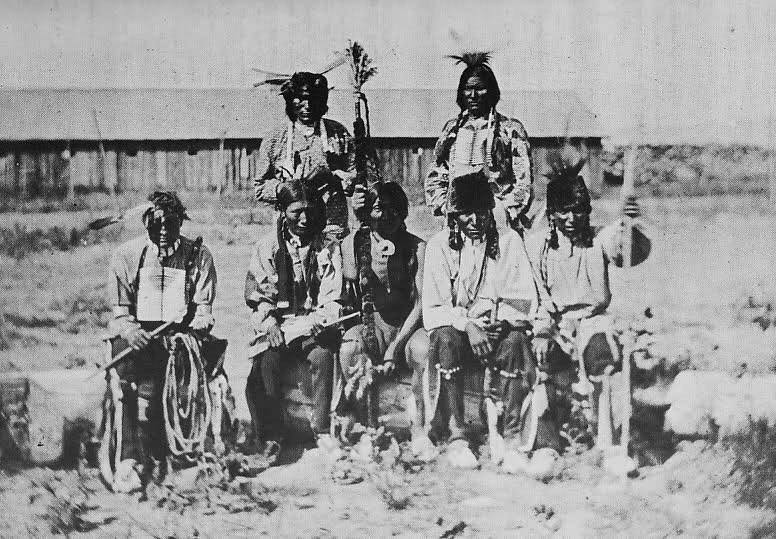
On This Day (5/13/1859): In 1859 Captain Earl Van Dorn and his troops attacked a
band of Comanche in the Valley of Nessentunga, Kansas. The Penateka band of
Comanche, under the leadership of Buffalo Hump, were unprepared for the attack,
as they were peacefully engaged in their spring food gathering activities.
Forty-nine Comanche warriors were killed in the battle, and thirty-two women
were taken prisoner. A few weeks earlier, Buffalo Hump and his band had signed a
formal peace treaty with the U.S. at Fort Arbuckle. After the attack, Buffalo
Hump led his band to the Kiowa-Comanche reservation in Oklahoma where in spite
of his enormous sadness at the end of the Comanches' traditional way of life, he
asked for a house and farmland so that he could set an example for his people.

On This Day (5/12/1858): In 1858 the Massacre of Little Robe Creek, also called
the Battle of Antelope Hills, took place on Little Robe Creek in Oklahoma. The
battle was undertaken against the laws of the United States at the time, which
strictly forbade such an incursion into the Indian Territories of Oklahoma by
Texas Rangers, and marked a significant escalation of the Indian Wars. Comanche
Chief Iron Jacket and 75 other Comanche warriors were killed. The U.S. Army
would adopt many of the tactics used in the battle, including attacking women
and children, as well as destroying their food supply, the Buffalo.
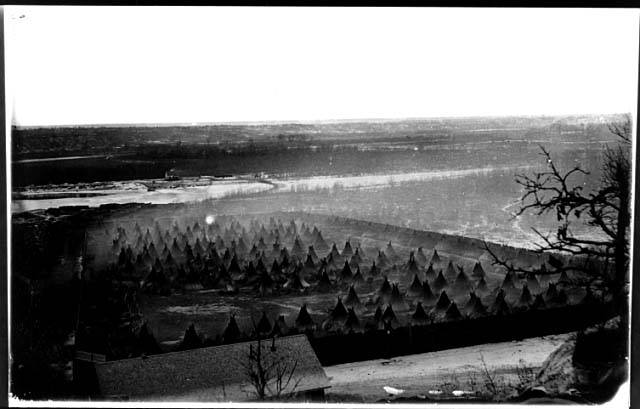
On This Day (5/4/1863): In 1863 770 Santee Sioux boarded a steamboat in St.
Paul, Minnesota for Dakota Territory. The Santee Sioux were forced to move after
their lands and reservations were abolished by the US Congress as a result of
the Minnesota Uprising (also known as the Dakota War of 1862). Over 1,300 Santee
Sioux were forced to move to lands that could barely support life. During the
first year, over 300 Santee Sioux died because of the conditions on the new
reservations.
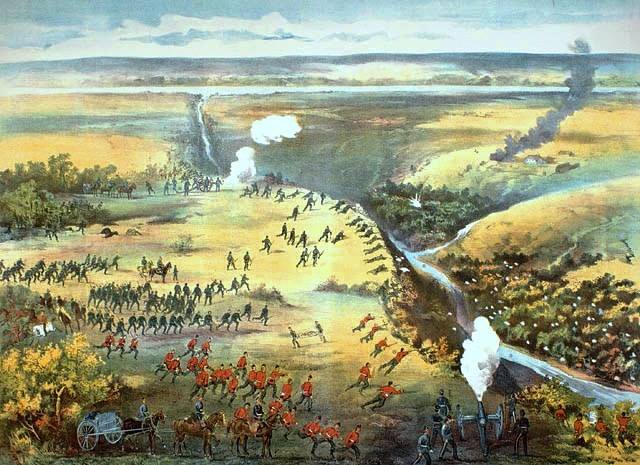
On This Day (4/24/1885): In 1885 at Fish Creek, Saskatchewan, 200 Métis achieved
a remarkable victory over a superior government force numbering 900 soldiers who
were sent to quell the rebellion, which was part of the North-West Rebellion in
Saskatchewan. The reversal, though not decisive enough to alter the outcome of
the war, temporarily halted Major General Frederick Middleton's column's advance
on Batoche, which is where the Métis would later make their final stand
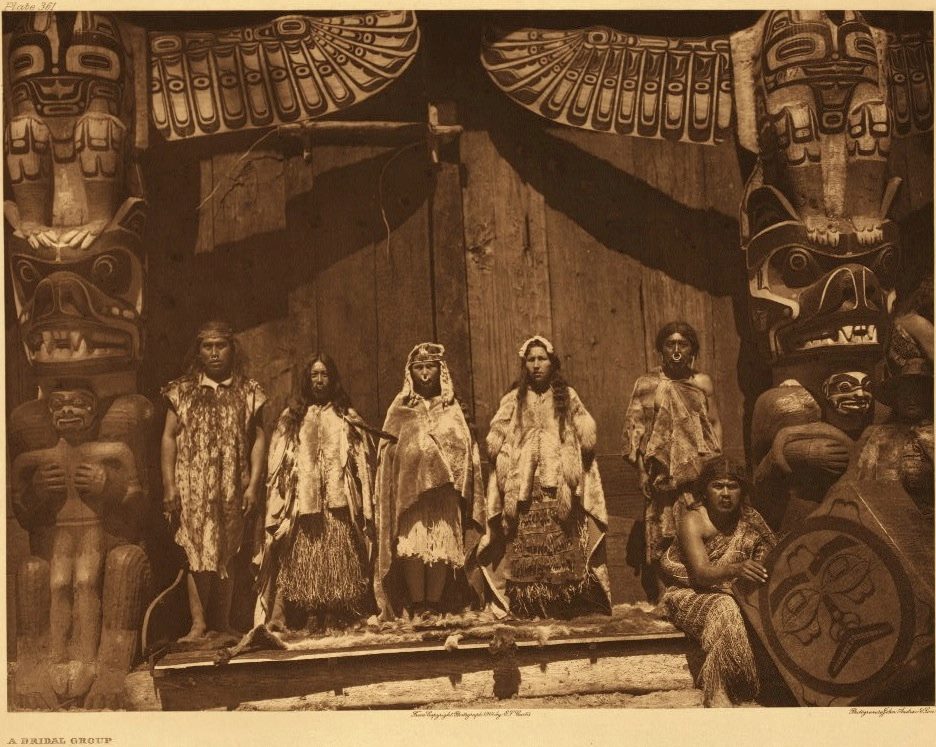
On This Day (4/19/1884): In 1884 an amendment to the Indian Act in Canada was
passed making the potlatch illegal. Largely passed at the urging of missionaries
and government agents who considered it "a worse than useless custom" that was
seen as wasteful, unproductive, and contrary to "civilized" values. Section 3 of
the Act read, "Every Indian or other person who engages in or assists in
celebrating the Indian festival known as the "Potlatch" or the Indian dance
known as the "Tamanawas" is guilty of a misdemeanor, and shall be liable to
imprisonment for a term not more than six nor less than two months in any goal
or other place of confinement; and, any Indian or other person who encourages,
either directly or indirectly, an Indian or Indians to get up such a festival or
dance, or to celebrate the same, or who shall assist in the celebration of same
is guilty of a like offence, and shall be liable to the same punishment." The
ban was only repealed in 1951.
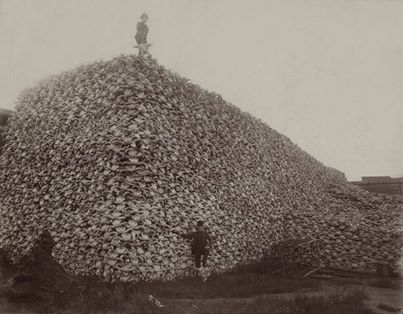
On This Day (3/18/1877): In 1877 the Battle of Yellow House Canyon took place
near present-day Lubbock, Texas. It was a battle between a force of Comanches
and Apaches and a group of bison hunters. It was the final battle of the Buffalo
Hunters' War, and was the last major fight between non-Natives and Native
Americans on the High Plains of Texas. On February 1, 1877, Marshall Sewell
discovered a herd of buffalo, and after setting up station, picked the animals
off one by one with his rifle before running out of ammunition. Black Horse
witnessed this, and with his warriors surrounded the hunter on his way back to
camp and killed him for his senseless slaughter of the buffalo. In retaliation,
local buffalo hunters attacked the Comanche and Apache camp, killing 21 and
wounding another 20+ people. During the 19th century bison were relentlessly
killed and slaughtered by the US Army, commercial agents, and others in an
attempt to starve Native peoples and open land for cattle. The total number of
bison killed is unknown, but some statistics paint a gruesome picture: one
professional hunter killed 20,000 on his own, and commercial hide firms were
killing between 2,000 to 100,000 bison PER DAY.
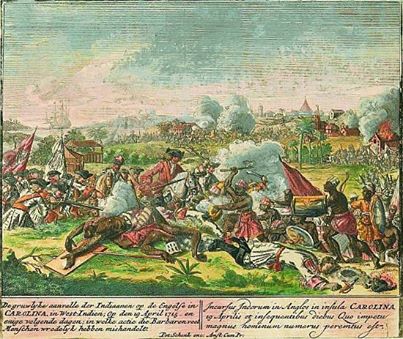
On This Day (3/9/1728): In 1728 the remaining Yamassee people were attacked by
Colonel John Parker and 250 Carolina volunteers near St. Augustine, Florida. The
Yamasee had fled south from their traditional homelands in coastal Georgia
after the Yamasee war with the British. Over 30 warriors were killed, and most
of the other Yamassee were taken to become slaves. A few are reported to have
escaped and to have joined the Seminoles. Today, the Yamassee are considered an
extinct Native tribe by the federal government – however, Yamassee descendants
continue to keep Yamassee culture and heritage alive in parts of Florida,
Georgia, and the Carolinas.
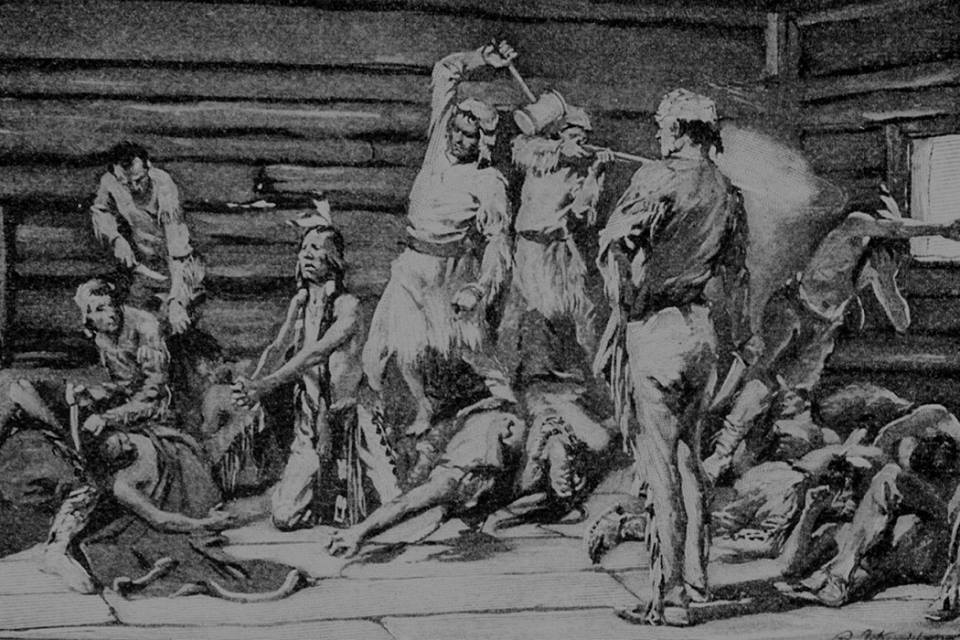
On This Day (3/8/1782): In 1782 the Gnadenhutten massacre, also known as the
Moravian massacre took place. It was the killing of ninety-six Lenape (Delaware)
by colonial American militia from Pennsylvania during the American Revolutionary
War. The incident took place at the Moravian missionary village of Gnadenhütten,
Ohio, near present-day Gnadenhutten. The Lenape were going hungry because of
insufficient rations, so in February 1782, more than 100 returned to their old
Moravian villages to harvest the crops and collect stored food they had been
forced to leave behind. In early March, the Lenape were surprised by a raiding
party of 160 Pennsylvania militia led by Lieutenant Colonel David Williamson.
The militia rounded up the Lenape and accused them of taking part in raids into
Pennsylvania. Although the Lenape denied the charges, the militia held a council
and voted to kill them. The next morning on March 8, the militia tied the Lenape,
stunned them with mallet blows to the head, and killed them with fatal scalping
cuts. In all, the militia murdered and scalped 28 men, 29 women, and 39
children. They piled the bodies in the mission buildings and burned the village
down.
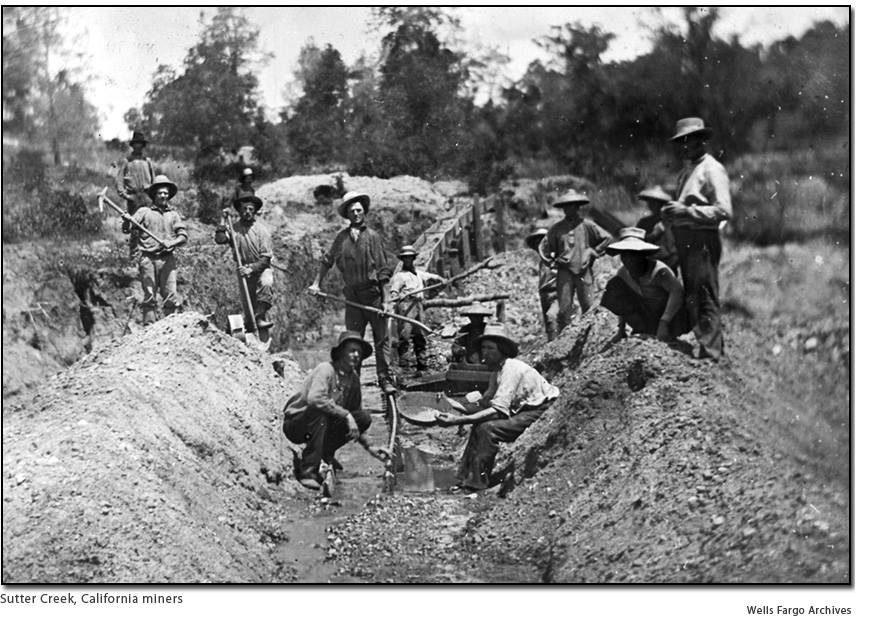
On This Day (1/24/1848): In 1848 the California Gold Rush began. The gold rush
started when James W. Marshall found gold at Sutter’s Mill in Coloma,
California. Over the next two years, over 300,000 people arrived in California
looking for gold. The human and environmental costs of the Gold Rush were
substantial. Native Americans, dependent on traditional hunting, gathering and
agriculture, became the victims of starvation and disease, as gravel, silt and
toxic chemicals from prospecting operations killed fish and destroyed habitats
and the surge in miners brought new diseases to the area. The explosion in the
mining population also resulted in the disappearance of game and food gathering
locales as gold camps and other settlements were built amidst them. Later
farming spread to supply the camps, taking more land from the use of Native
Americans. In 1850 The Act for the Government and Protection of Indians was
passed by the California Legislature, which allowed settlers to continue the
Californio practice of capturing and using Native people as bonded workers. It
also provided the basis for the enslavement and trafficking in Native American
labor, particularly that of young women and children, which was carried on as a
legal business enterprise. Native American villages were regularly raided to
supply the demand, and young women and children were carried off to be sold, the
men and remaining people often being killed in genocidal attacks. To this day,
Native peoples of California have never been compensated for the millions of
dollars in gold taken from their lands, the theft of their land, or for the
genocide perpetuated upon them.
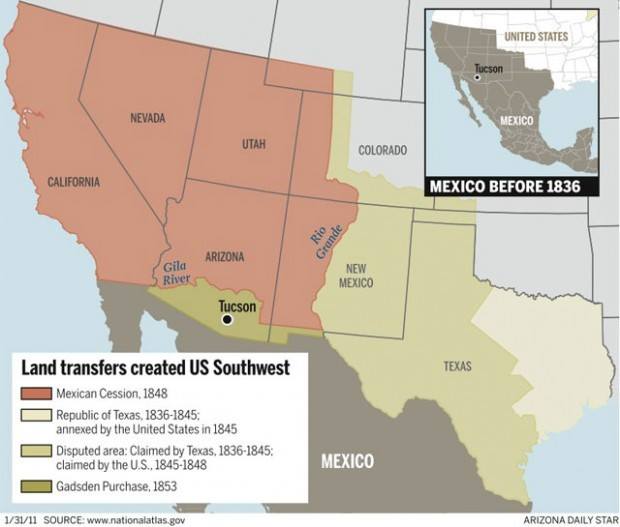
On This Day (1/19/1847): In 1847 the Taos Revolt began. This was an effort by
Pueblo and Mexican peoples against the United States’ occupation of present-day
northern New Mexico. Over the course of the following months, several campaigns
took place, during which the United States military killed over 100 Pueblo
people, wounded over 250, and captured more than 400. The following year the
Treaty of Guadalupe Hidalgo was signed between Mexico and the United States, in
which present-day New Mexico, Arizona, California, Nevada, Utah, and Colorado
were given to the United States, all without any consent or acknowledgement of
the indigenous populations.
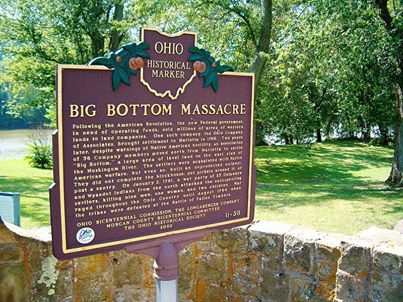
On This Day: In 1791 Delaware and Wyandot Natives successfully attacked and
defeated an Ohio Company of Associates settlement on their traditional lands.
The attack took place near present-day Stockport now in Morgan County, Ohio. The
Ohio Company of Associates was a group of people from New England who purchased
land from the United States and promoted Western expansion. The Company never
properly obtained the land from the Native people, and tensions quickly rose as
more and more settlers moved onto traditional lands of the Delaware and Wyandot
peoples. The attack is known as a massacre in standard history books because of
the twelve settlers that were killed. No mention, however, is made in history
books or on historical markers about the illegal taking and settling of the
Native land, nor the violation of two previous treaties between the tribes and
the U.S. government